From the silky angel hair pasta and rich Alfredo sauce at Flavio on 31st Street to the daily brunch and historical fare at Martin’s Tavern on Wisconsin Avenue, Georgetown is known for its food. But these restaurants can sometimes cost exorbitant amounts of money, limiting student access.
In recent years, a crop of affordable, fast casual restaurants has sprouted up in the neighborhood, bringing more variety and flavor to Georgetown University students’ diets. Even as these restaurants continue to emerge, questions remain on the accessibility and affordability of the neighborhood’s dining scene.
As food insecurity continues to pose a problem across the United States, more college students are becoming cautious of their food costs. In response, student groups across campus and restaurants in the neighborhood are attempting to tackle the issues of price and access that many Georgetown students face.
Culinary Campus
Though food student groups aim to bridge the food accessibility gap in Washington, D.C., they often fail due to other mitigating factors. From small member bases to an inability to lower prices further, these groups struggle with reckoning accessibility and affordability.
GU Eating Society was founded in 2016 with the aim of exploring other cultures through their cuisine by collaborating with different cultural groups on campus and by going to restaurants in and around D.C.
While the student group is notoriously elite in its membership, it is one of the few clubs on campus connecting students to local cuisine in D.C. GUES works to make some of the more expensive restaurants in the area accessible to its members and fit a college budget.
Some otherwise expensive restaurants offer specific deals, like Farmers Fishers Bakers’ popular breakfast option, according to GUES Co-President Hilary Rizzo (SFS ’20).
“One of my favorites is First Bake at Farmers Fishers Bakers,” Rizzo said in an interview with The Hoya. “It’s weekday mornings, and they have a really cheap breakfast that you can go and order at the counter and sit down. It’s really nice.”
Due to a rising demand, many inexpensive restaurants have opened in Georgetown in the last decade. Some storefronts that opened recently include Lebanese restaurant Muncheez in 2010, local taco spot Chaia Tacos in 2015 and two build-your-own pizza places, &pizza in 2016 and 90 Second Pizza in 2018.
Though these more inexpensive restaurants have sprouted up in Georgetown recently, affordable food options are still scarce. D.C. is hardly a cheap city for food, and most of the cheaper options, which include spots like food trucks, are located in downtown. These restaurants aim to serve tourists and federal workers in the area, leaving Georgetown students on the periphery.
Nevertheless, groups like GUES and the Georgetown University Farmers’ Market aim to combat this scarcity by promoting accessibility without the financial burden that accompanies eating out and bringing these restaurants closer to students.
The Farmers’ Market was established in 2011 to bring fresh, locally sourced and healthy food to the Hilltop. The Farmers’ Market grew out of a class in the School of Nursing and Health Studies and now operates as a student group on campus, according to Milan Dolezal (COL ’21), director of the Farmers’ Market.
The market showcases vendors from a variety of local restaurants including bagel restaurant Call Your Mother and several Latin American food options including DMV Empanadas and Grandma Vera’s Bakery, among others.
These locally sourced vendors may offer more expensive items, but some of them cannot feasibly afford to lower their prices, according to Dolezal.
“One of my vendors came up and said, ‘I’ve had students complaining about the price of this one dish, but let me tell you why I literally can’t make it any cheaper,’” Dolezal said in an interview with The Hoya. “She walked me through: ‘This is how much I pay my staff. This is how much the individual ingredients cost because they’re locally sourced because I make it all from scratch,’ which are things that we have told her that we value. She’s like, ‘I’m sorry, I can’t make this any cheaper.’”
While these student groups aim to offer a wide variety of options to campus, questions of affordability and accessibility still limit the ability of many facing food insecurity to fully indulge in these offerings.
Tackling Inaccessibility
While affordable food options have become popular across Georgetown, questions of food insecurity still pervade campus life. Through initiatives to increase accessibility, the Farmers’ Market and the Hoya Hub, Georgetown’s free food pantry, helps to make a wider variety of food more accessible for those who need it most.
New student groups have cropped up around campus aiming to alleviate food insecurity in recent years. The Hoya Hub, operated under the Center for Student Engagement, is a food pantry offering free food to people on campus experiencing food insecurity.
The Hoya Hub offers both perishable and nonperishable food items in its on-campus pantry and is accessible to any member of the Georgetown community, including undergraduates, graduates, faculty and staff.
Separately from the Hoya Hub, GU Students Advancing Food Equity sprung up as a club seeking to eliminate food inequity more broadly on campus through events and advocacy, according to GU SAFE president Julianne Licamele in an email to The Hoya.
The Farmers’ Market has concentrated its efforts in combating food inaccessibility by offering discounts for students in the Georgetown Scholars Program, according to Dolezal.
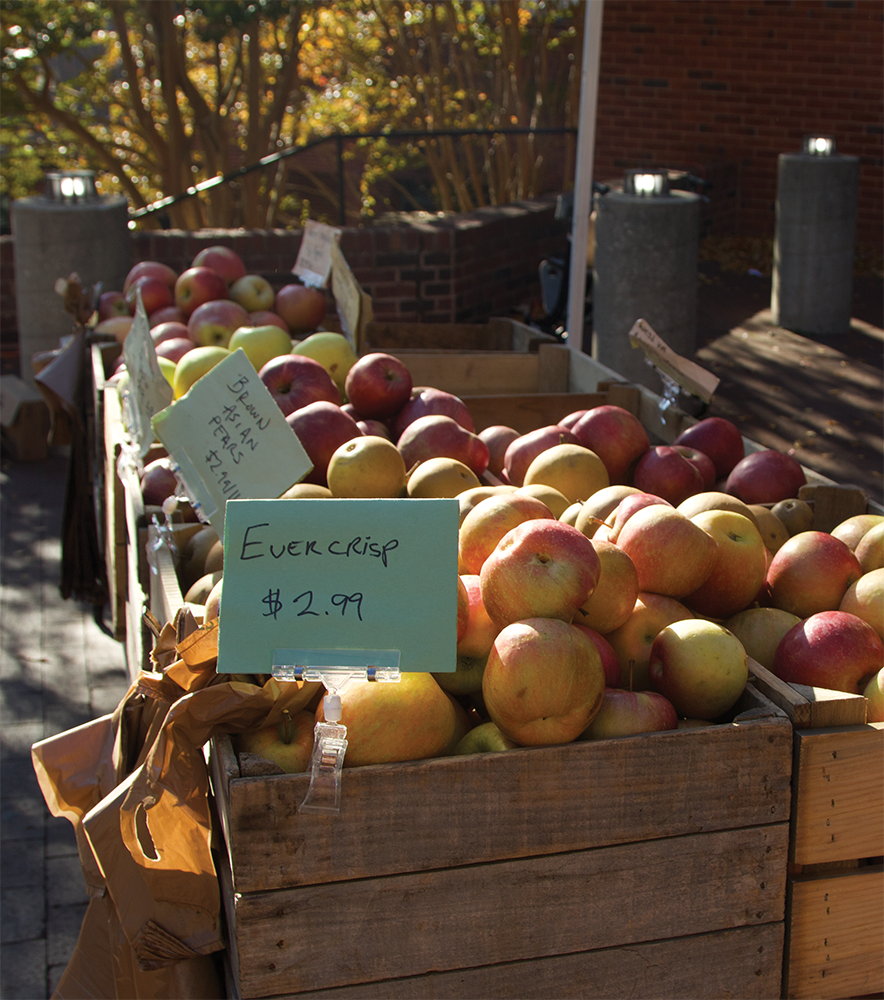
“We’ve been doing a couple of things to make it a little bit more accessible,” Dolezal said. “One of those is, you know, discounts for members of GSP every week. So we ask the vendors ‘Can you do 15% to 50% off?’ I’’s kind of a wide range and then they can decide how much they want to give.”
While prices can remain steep for this locally sourced, high quality food, the Farmers’ Market plans to further address the issue of accessibility with future leadership, according to Dolezal.
“We’ve made some strides in the right direction,” Dolezal said. “We’re also going to be accepting a bunch of new people onto the board this semester, and the application’s open now. Every time we get new board members, people bring their really cool ideas.”
Nevertheless, a lack of affordability for many dining options in the Georgetown area pushes issues of food inaccessibility to the forefront. As students groups are founded to combat these issues, other restaurants in the area have been founded with an explicit message of affordability and accessibility.
Making Change
Affordable food options exist off campus, even if they can be harder to find. Being able to break the bubble of campus and explore the surrounding neighborhood can be an easy way to experience new cultures and support good causes.
Falafel Inc, a small vegetarian fast casual restaurant located on Potomac Street, opened in 2017 and has become immensely popular, with lines going out the door. The restaurant offers healthy food at affordable prices: $3 for a sandwich and $4 for a bowl.
Both local and affordable, Falafel Inc offers not just mouthwatering falafel, but also social impact: For every $10 made, Falafel Inc donates the cost of one day’s worth of food for a refugee, or about 50 cents.
The intersection between affordability and social justice has created a particular brand and focus for Falafel Inc, according to founder Ahmad Ashkar.
“We’re a healthy vegetarian program, but that also is key to serve for a greater purpose,” Ashkar said in an interview with The Hoya. “That greater purpose is both feeding refugees, as well as providing hungry college students affordable, healthy, delicious food.”
Doing good for the world and doing well in business are not mutually exclusive ideas, according to Ashkar; rather, this mix is the future of business.
“The future of entrepreneurship revolves around delivering socially sound and environmentally sound products, where every dollar revenue you make has a net impact on the world,” Ashkar said.
Despite his restaurant’s increased popularity, Ashkar keeps his products affordable. Though the restaurant could charge more, building a relationship with customers and striving to keep prices low creates a stronger brand, according to Ashkar.
“My customers get it. They’re just like, ‘You know what, this is a badass owner, this is a badass brand, because we know they can charge more, but they don’t,’” Ashkar said. “I want you to save some money.”
Students need to frequent more affordable food options instead of overpriced ones to create a demand for change, according to Ashkar.
“You can find more impact-centered, affordable food off campus; you just have to look in the right places. And I think that you’ll create a trend where you’ll see more and more of these options as the years go on,” Ashkar said. “The world is changing and the students right now are the epicenter of change. So, let’s not conform. Let’s innovate.”


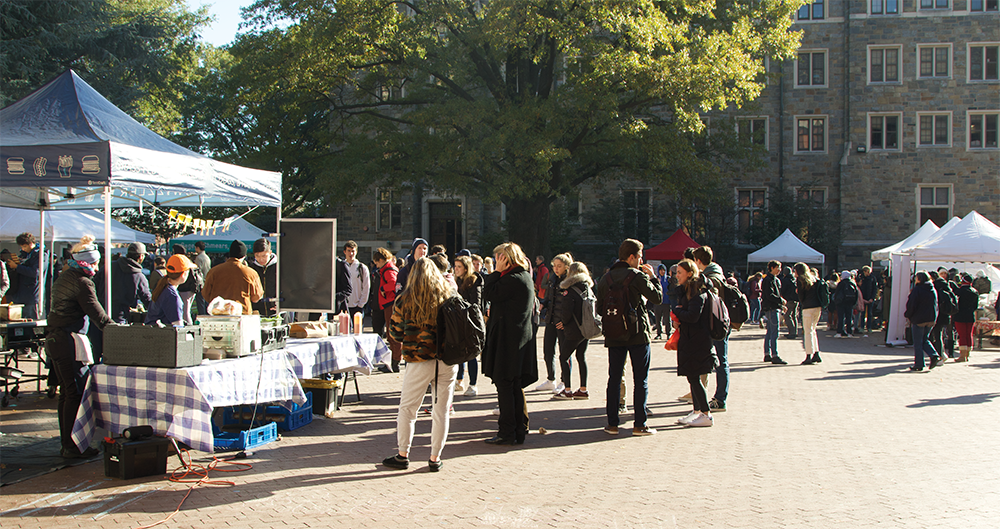
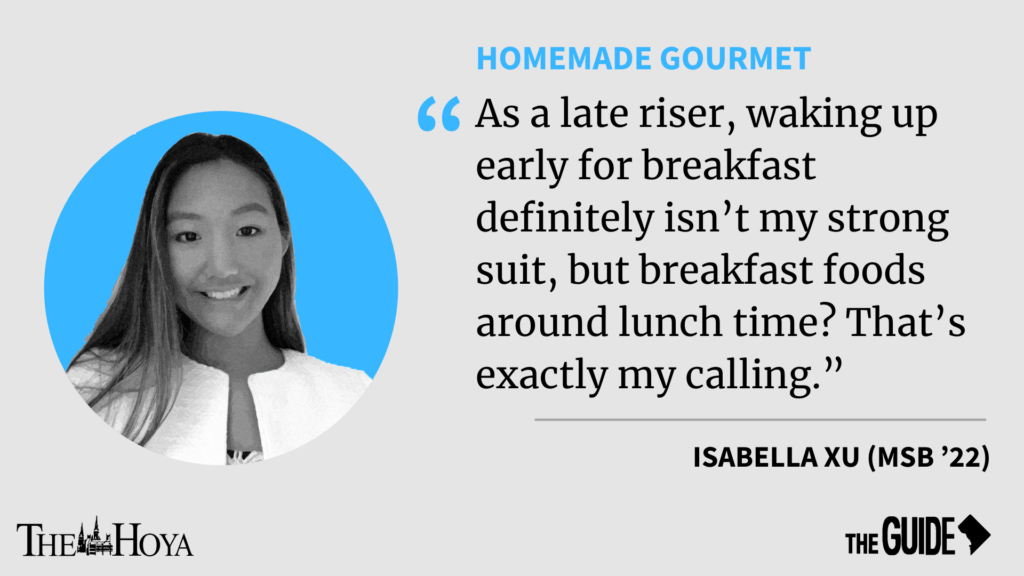

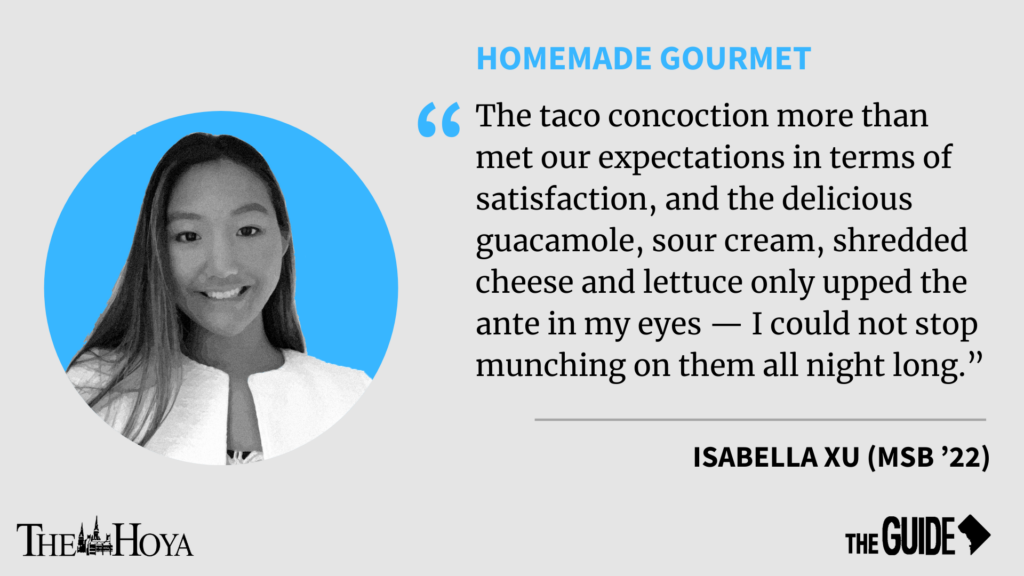
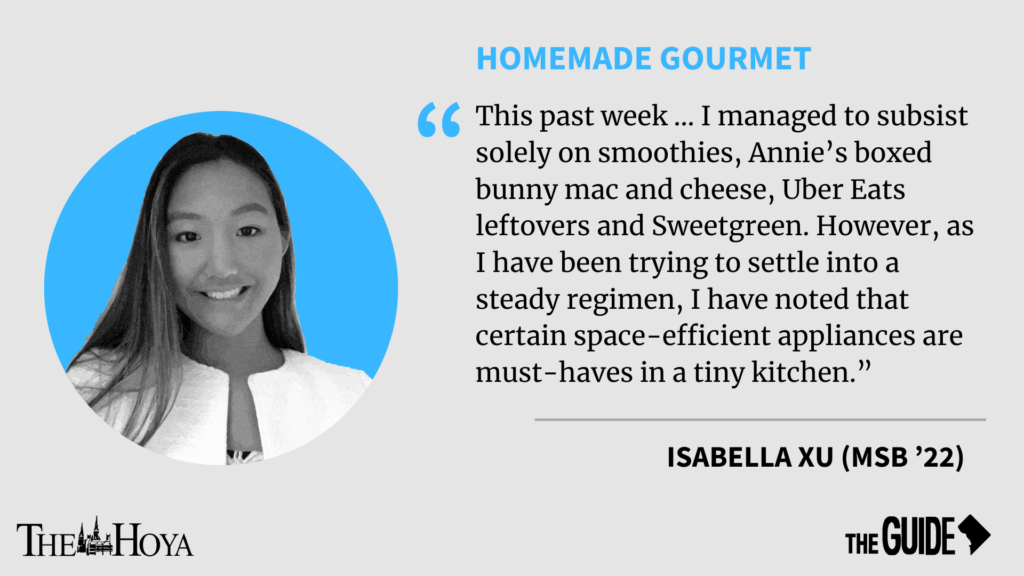








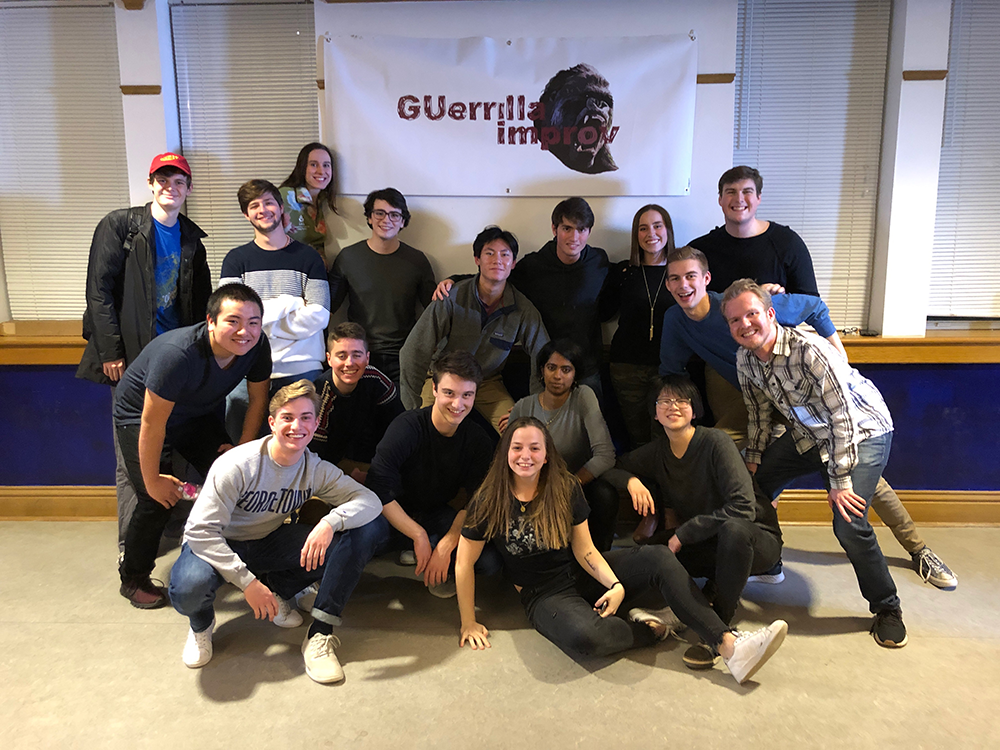





Jackie Marlow • Nov 15, 2019 at 11:54 am
Go to Wawa. That is all. E-A-G-L-E-S